Another great all round dash cam from Viofo.
Pros
- 2K resolution front and rear
- Choice of three parking modes
- Thin coax cable to rear camera
Cons
- No microSD card included
- Quite expensive
Our Verdict
Viofo’s A229 Duo is a two-channel dash cam that records using a front camera and a separate rear camera that sticks to the rear window in your car.
It’s the setup most people should opt for: a single-channel dash cam that records only what happens in front won’t help if someone hits you from behind.
The A229 Duo is the follow-up to the A129 Duo that I reviewed back in 2019. While the front camera looks basically identical, there are quite a lot of changes and upgrades.
For a start, both cameras now record at 2560×1440 pixels, also known as ‘2K’ or ‘Quad HD’ instead of 1920×1080. It means there’s more detail in the images which can help if you need to read the registration or license plate of another vehicle.
There’s also dual-band Wi-Fi and the introduction of 5GHz to the standard 2.4GHz band means that videos can be downloaded to your phone around four times faster than using 2.4GHz.
The new rear camera uses the slimmer design as seen on Viofo’s T130, and the cable that connects it to the front camera uses coax instead of USB, allowing it to be roughly half the diameter (2.8mm vs 5mm with the A129 Duo) and that makes it much easier to install behind you car’s trim panels.
Features & Design
- 2K resolution front and rear
- Event detection, time-lapse and low-bitrate parking modes
- Built in GPS and dual-band Wi-Fi
As mentioned, the front camera uses the same design as many of Viofo’s other dashcams. The wedge approach works well because it means it fits nicely behind most rear-view mirrors but still allows it to retain a screen so you can see what the cameras see, as well as reviewing footage without requiring a smartphone and the Viofo app.
There are a few minor differences: the microSD slot is now on the right-hand side and it uses a USB-C connector instead of the elderly mini-USB.
Recording in 2K at Normal quality produces around 800MB per minute: 430MB for the front camera and 340MB for the rear. If you’re wondering why they’re not the same, it’s because the rear records at around 16Mbps while the front is 22Mbps: quality isn’t identical.
It’s worth noting that Viofo doesn’t include a microSD card, so budget for a good-quality one that can handle continuous recording: Viofo’s own cards use the V30 / U3 standard and MLC storage.
Both cameras are limited to 30fps, but it isn’t a huge problem not to be able to select 60fps: it’s better to have extra resolution than extra frames.
A voice announces when recording has started each time you start driving, so even without looking at the screen, you’ll know the A229 Duo is doing its job. If there’s a problem, a persistent beeping will alert you something’s wrong, such as that the SD card needs formatting or you’ve forgotten to insert one.
Parking Modes
There are several menu entries for the parking modes. The main one is Parking Recording, which lets you choose which mode you want to use. It’s a bit of a clunky way to handle it, but you can pick Auto Event Detection, five Timelapse modes (from 1 to 10fps) and Low Bitrate Recording.
The latter is the best option as it gives you the same continuous recording as when you’re driving, but at a much-reduced quality to save on power – and it still records audio.
Timelapse is the next-best option as it’s similar to continuous recording, and you can have up to 10fps, but without sound.
Event Detection is the most power-saving option, and is buffered so will record 15 seconds prior to the moment the event was detected and 30 seconds afterwards.
To use any of these, the A229 Duo needs to be powered by Viofo’s HK4 hard-wire kit so it can get power from the car’s battery when the ignition is off. This has a slider so you can choose at which voltage it should cut off to avoid draining the battery.
But you can tweak each mode, adjusting the sensitivity for event detection – both for motion and the built-in G-Sensor, and you can set a 90-second delay before parking mode kicks in. Finally, you can choose how long the parking mode runs for – another way to save your car’s battery. Options run from 30 minutes up to eight hours.
Performance
It’s easy to think that 2K resolution is much better than 1080p. In good light, video from both front and rear cameras is nice and sharp, with lots of detail.
However, for dash cams, the important factors are whether you can read registration numbers and other text. Mostly, you can on the A229 Duo’s footage when you pause it. ,
Even with an official Viofo microSD card, I did notice occasional artefacts and video breakup, which was a slight disappointment.
The field of view is nice and wide on both cameras, capturing everything that’s going on. As with most dash cams, this means registration plates aren’t easy to make out if vehicles aren’t close to yours, but it’s usually when another vehicle collides with yours that you want those details, so that’s not an issue.
The Viofo app is the same used for the company’s other dash cams and is, overall, fine.
It’s easy to use whether you want to change settings or review footage. Thanks to the dual-band Wi-Fi, you can watch clips directly from the A229 without buffering issues. And downloading clips to your phone is pretty swift.
Price & Availability
You can buy an A229 Duo from Viofo’s website for $259.99 (£243 inc VAT). At the time of review, the company was offering a $30 discount (£28 off for UK buyers).
But it’s also available for $259.99 on Amazon.com. It wasn’t sold by Amazon in other countries at the time of review, but should appear on Amazon.co.uk soon enough.
The HK4 hardwire kit is $16 / £16, and a push-on circular polarising lens for roughly the same. Viofo also sells a Bluetooth button that you can stick somewhere convenient to lock and save recordings without taking your eyes off the road. That’s $19.99 / £19.
Verdict
During the day, especially when it’s sunny and bright, video quality from the A229 Duo is excellent.
Although footage from the rear camera is recorded at a lower bitrate, you wouldn’t necessarily spot that by comparing front and rear views. Most front + rear dash cams record the rear view at a lower resolution, so it’s nice to see Viofo bring parity here.
The only drawback is that the A229 Duo isn’t cheap, but don’t simply look at resolution if you’re comparing it to other dual-channel dash cams. Remember it offers a good selection of parking modes, a thin cable to connect the rear camera and 5GHz Wi-Fi.
Having said that, for quite a lot less, you get similar features (if only 1080p resolution) from Viofo’s own A129 Duo, reviewed. Plus, Viofo’s T130 is the same price as the A229 Duo, but additionally records inside the vehicle as well as front and rear. And while interior and rear footage is 1080p, the additional coverage could could well be more valuable for some people. Just note the T130 doesn’t have a built-in screen.
For more alternatives, see our roundup of the best dash cams.

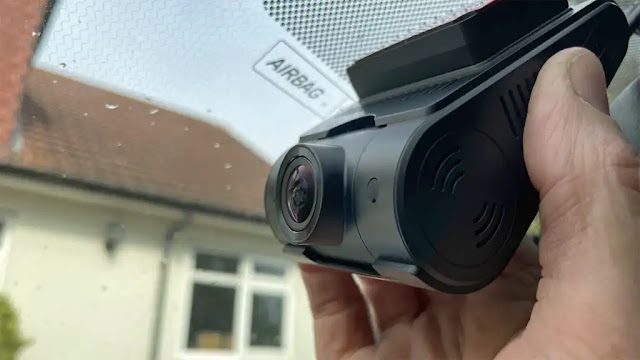
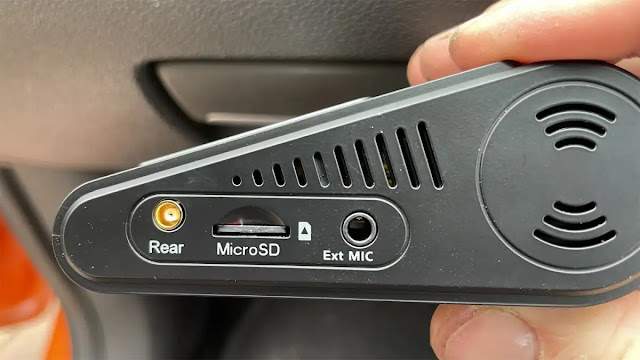

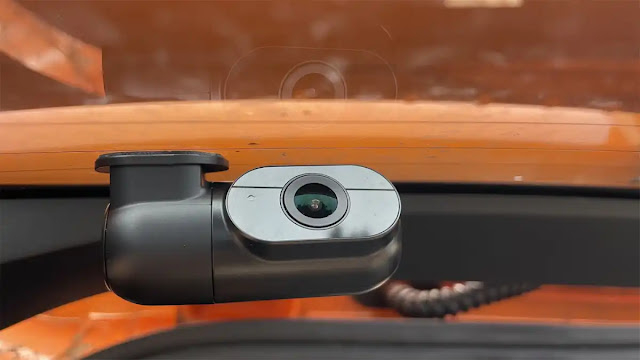
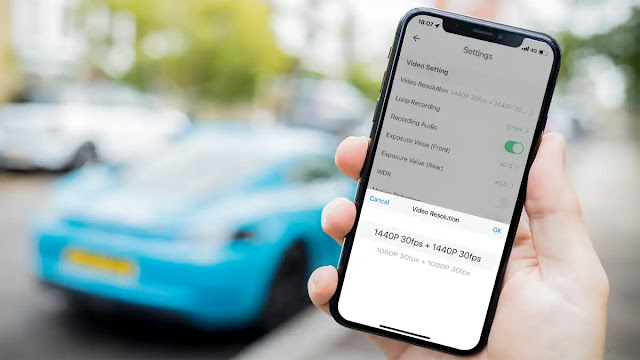

%20Review.webp)









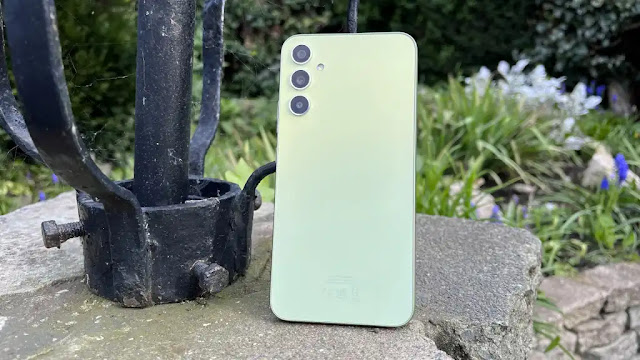


0 comments:
Post a Comment